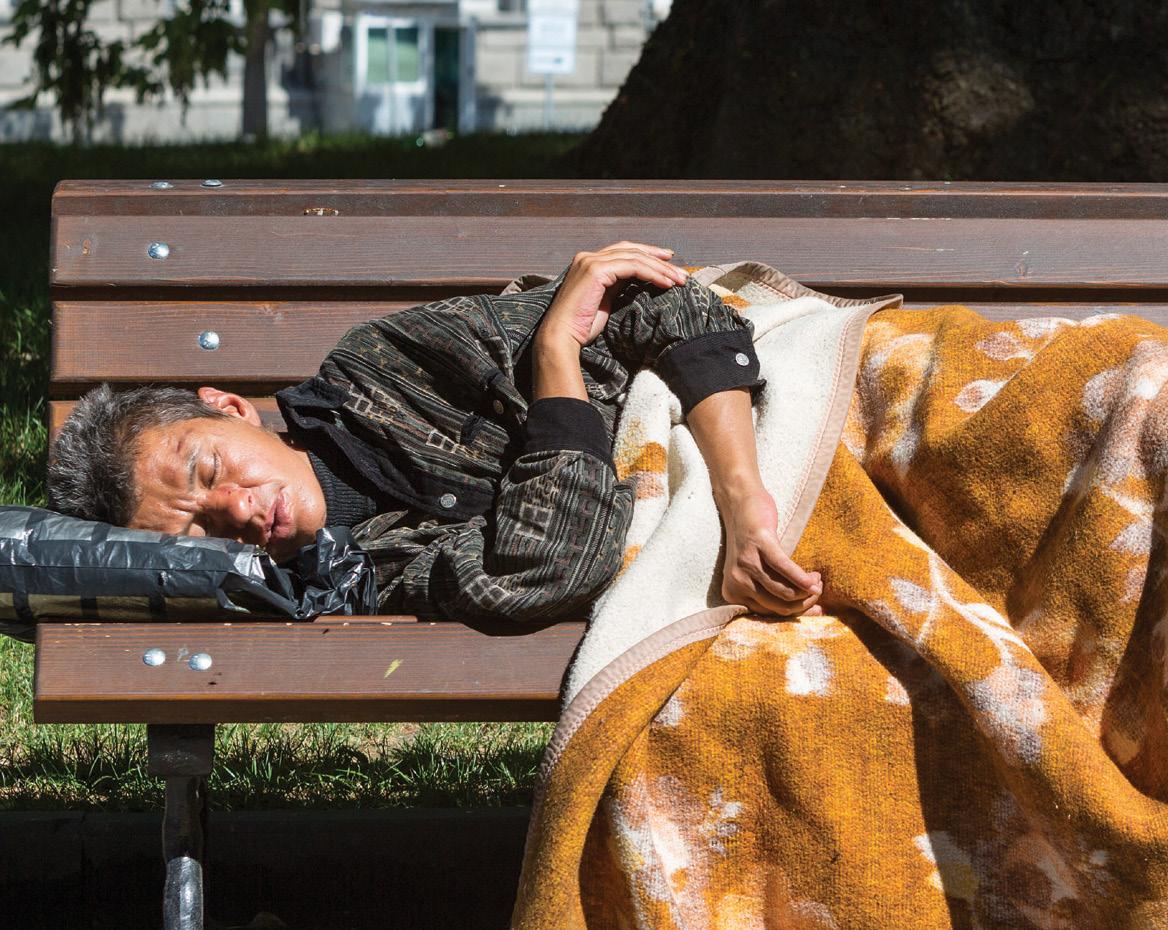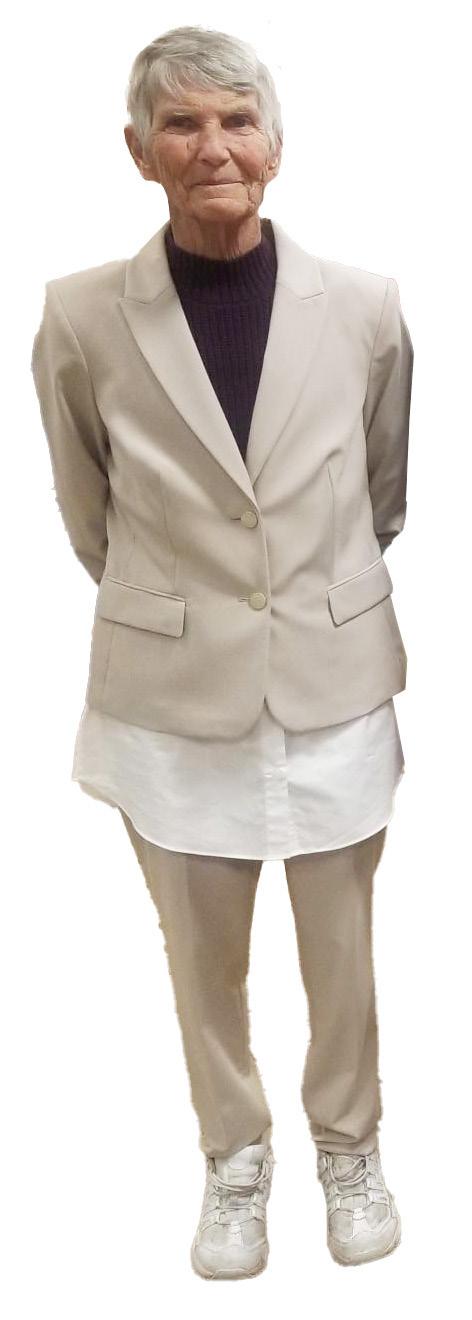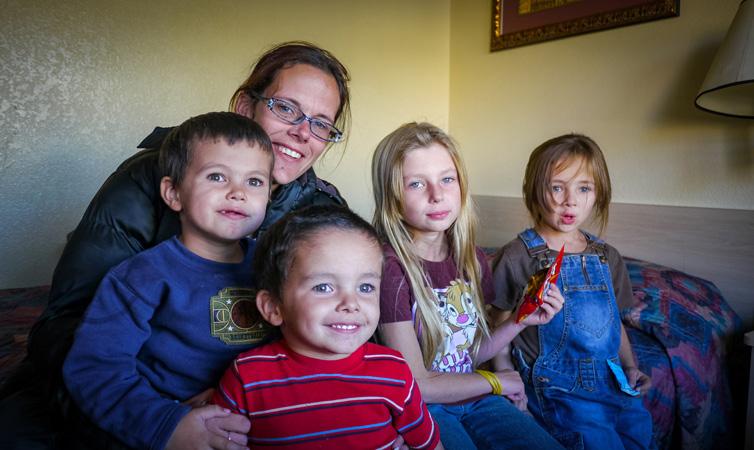Teenage Curriculum on Homelessness: Fostering Compassion and Inspiring Action!


Note: This curriculum uses a combination of scripture, discussion, creative activities, real-world engagement, and reflections to keep the interest of the students. While it is specifically tailored for Sunday school, it can be adapted for any educational setting.
Welcome to the Teenage Curriculum on Homelessness: Fostering Compassion and Inspiring Action! In this program, we embark on a transformative journey that delves into the issue of homelessness, aiming to cultivate empathy, understanding, and a sense of responsibility towards those who experience this oftenoverlooked crisis.
Homelessness is an urgent and complex problem that affects individuals and communities worldwide. It is not confined to a particular region, race, or socioeconomic status—it can happen to anyone. It is estimated that millions of people, including families, children, and teenagers, find themselves without a safe and stable place to call home.
In this curriculum, we aim to go beyond the statistics and headlines to shed light on the human stories behind homelessness. Through powerful narratives, personal testimonies, and thought-provoking discussions, we will explore the multifaceted factors that contribute to homelessness, such as poverty, mental health issues, family breakdowns, and systemic inequalities.

Our primary objective is to nurture compassion among teenagers, helping them recognize the shared humanity we all possess. By cultivating empathy and understanding, we believe we can break down barriers, challenge stereotypes, and dismantle the stigmas that often accompany homelessness.
However, compassion alone is not enough. We aspire to inspire action and empower teenagers to become agents of change within their communities. By learning about practical ways to address homelessness, such as volunteering at shelters, raising awareness, advocating for policy changes, or fundraising for local organizations, we can make a tangible impact and work towards creating a more equitable society.
We believe that every teenager has the power to make a difference, and through this curriculum, we hope to equip you with the knowledge, empathy, and tools necessary to create lasting change.Together, let’s embark on this transformative journey towards a more compassionate and inclusive society, where homelessness is no longer an insurmountable challenge but a call for collective action.
Sincerely,
 Tony Zorbaugh Executive Director
Tony Zorbaugh Executive Director

Week 1:
INTRODUCTION TO HOMELESSNESS



Icebreaker activity: Shoe Exchange Icebreaker
What You Will Need: A group of teens and an open space
Set-Up: Instruct everybody to leave one of their shoes by the door.

How to Play: Bring the group into a circle and redistribute the shoes, so everyone has one that doesn’t belong to them. Then, set a 5-minute timer and tell everybody to find the shoe owner, introduce themselves, and have a 2-minute discussion with an announced conversation starter, such as: What’s the weirdest thing you’ve ever eaten?
Scripture lesson: Luke 14:12-14 - NIV
12 Then Jesus said to his host, “When you give a luncheon or dinner, do not invite your friends, your brothers or sisters, your relatives, or your rich neighbors; if you do, they may invite you back and so you will be repaid. 13 But when you give a banquet, invite the poor, the crippled, the lame, the blind, 14 and you will be blessed. Although they cannot repay you, you will be repaid at the resurrection of the righteous.”
Meet Karen
Karen grew up in the projects in Boston, Massechusetts, the youngest of ten. Karen’s father was a longshoreman who was never around, while her mother cleaned office buildings, and had a strenuous schedule. Karen was raised by her older sister Mary. Her adult life was difficult as she solely took care of her mother. After her mother’s passing, she made her way to Florida where for the past three years, Karen enjoyed the peace and comfort of her new life. Unfortunately, that ended when she learned she was ill. With the lack of affordable housing and the increased cost of living, Karen found herself homeless. As luck would have it, she found The Source and has been actively engaged in the Dignity Programs for the past year. Karen now has a safe place to stay, three hot meals a day and most importantly she found community.
Discussion Questions:
1. When you see a homeless person, do you look the other way and keep on walking?
2. Do you avoid making eye contact?

3. Is there a sudden selective deafness when you “hear” or don’t hear their requests for help?
4. If you do ignore a homeless person’s request for help, just how quickly does the incident evaporate from your mind? Seconds? Minutes? Hours?




 PRAS MICHEL
PRAS MICHEL








